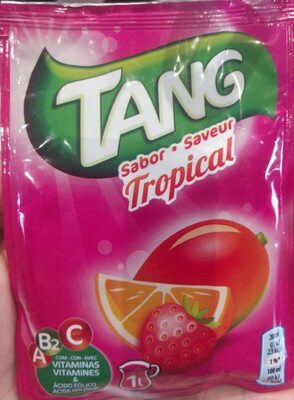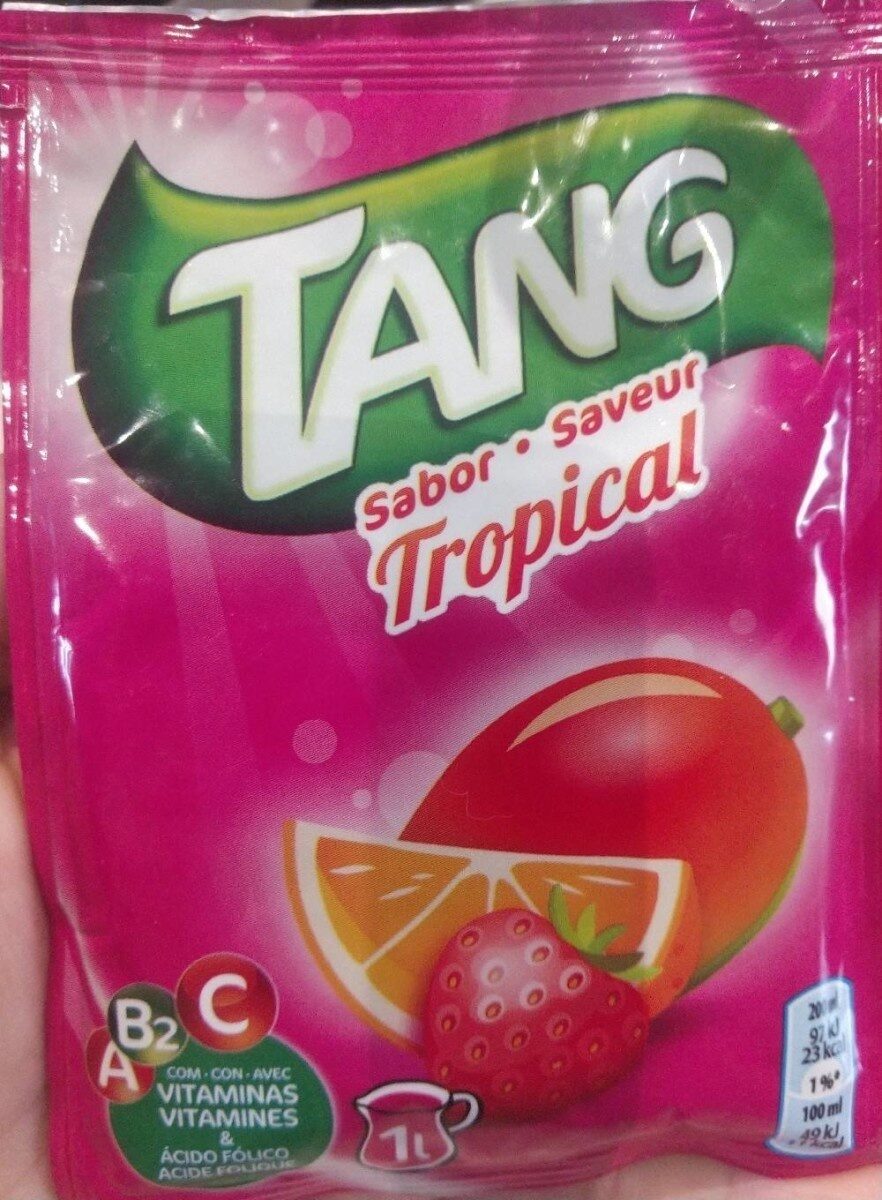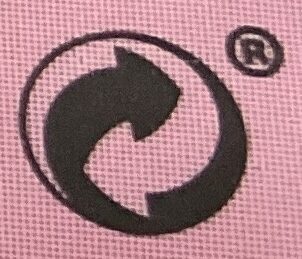Sabor Tropical - Tang - 30 g
Aquesta pàgina del producte no està completa. Podeu ajudar a completar-la editant-la i afegint-hi més dades a partir de les fotos ja disponibles, o fent-ne més amb l'aplicació de androide o iPhone / iPad. Gràcies!
×
Codi de barres: 7622300118969 (EAN / EAN-13)
Nom comú: Preparado em pó para preparação de uma bebida refrigerante aromatizada contendo sumo de laranja desidratado, sumo de morango desidratado, polme de manga desidratado e aroma tropical
Quantitat: 30 g
Categories: Begudes, Productes secs, Productes assecats per a ser rehidratats, en:Dehydrated beverages
Etiquetes, certificacions, premis:
Conté una font de fenilalanina, Punt verd, Amb edulcorants
Matching with your preferences
Report a problem
Fonts de dades
Producte afegit per laminche
Última modificació de la pàgina del producte per october-food-facts.
La pàgina del producte, també editada per additives-app-chakib, alm1412, date-limite-app, jog13ovd, julien000, kiliweb, packbot, quechoisir, segundo, spotter, tacite, thaialagata, yuka.sY2b0xO6T85zoF3NwEKvlkpYetnyvz_jBxXvgmC19Pa2f6fPbewr_prlGas.








